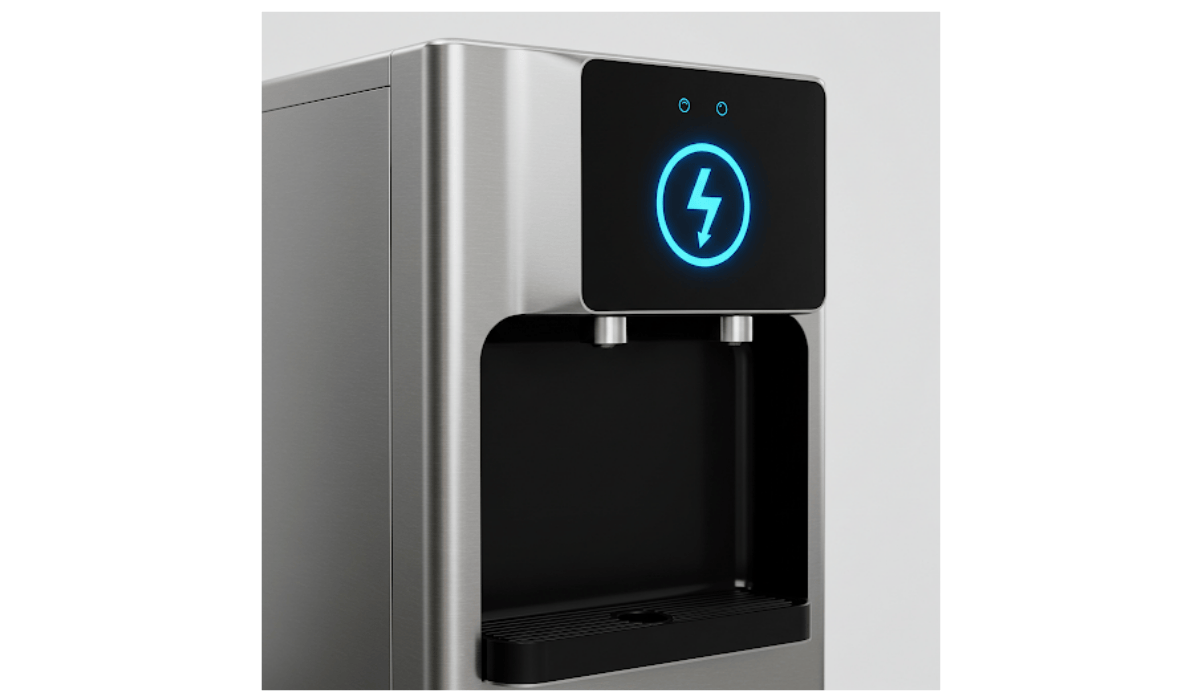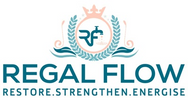
Do Water Dispensers Use a Lot of Electricity? A Cost Breakdown
Ever wondered if your water dispenser is secretly draining your wallet? The short answer: not really—but it depends. While hot and cold models use more power, smart habits can keep costs low. Stick around for energy-saving tips, a cost breakdown, and a Cost Comparison: Countertop Water Dispensers vs. Bottled Water ! 🚰⚡
Understanding Energy Consumption: Key Factors
Types of Dispensers and Their Power Use
Not all water dispensers are created equal. Some sip electricity, while others guzzle it. Here’s how different types compare:
- Hot and Cold Dispensers – These work the hardest, using 500–800 watts when heating or cooling.
- Cold-Only Dispensers – More energy-friendly, typically consuming 100–150 watts.
- Room-Temperature Dispensers – The least demanding, using little to no electricity unless they have extra features.
The more bells and whistles, the more power it takes to keep things running.
Influencing Factors and Standby Power
Even when you’re not using them, some dispensers continue to sip electricity. What affects their energy use?
- How often you use them – The more hot and cold water you dispense, the harder they work.
- Insulation quality – A well-insulated dispenser keeps heat or cold in longer, meaning less energy is needed to maintain the temperature.
- Standby mode – Some dispensers still use power when idle, but newer models have energy-saving features to minimise this.
🔄 Tired of bottled water? Make the switch to a Reverse Osmosis System and enjoy pure water on tap.
Calculating Electricity Costs: Real-World Numbers
Wattage, Usage, and Electricity Costs
Let’s talk numbers. A hot and cold water dispenser typically uses 1–2 kWh per day, adding up to 30–60 kWh per month. With an average electricity rate of £0.30 per kWh, this works out to £9–£18 per month. Not outrageous, but it can add up if you’re not careful.
Influencing Factors and Cost Examples
How much you actually spend depends on:
- How often you use it – A busy office will rack up a bigger bill than a household that only uses it occasionally.
- The model’s efficiency – Energy Star-rated dispensers are designed to use less power.
- Electricity prices in your area – Rates vary, so costs might be slightly higher or lower.
To put it in perspective, a kettle uses 2–3 kWh per hour of boiling. If you’re constantly boiling water for tea or coffee, a dispenser could actually save you money in the long run.
Energy Efficiency and Cost Reduction
Types of Filtration Systems and Energy Efficiency
Some dispensers come with filtration systems, which can affect energy use:
- Bottle less (plumbed-in) dispensers tend to be more efficient than bottled ones.
- Reverse osmosis systems use additional energy but provide superior filtration.
- Activated carbon filters don’t require electricity at all, making them the most energy-efficient option.
Practical Tips for Reducing Dispenser Energy Use
Want to keep your electricity costs in check? Try these simple tricks:
- Turn off the hot water function when you don’t need it.
- Use a timer or smart plug to switch the dispenser off during hours of non-use.
- Pick an energy-efficient model with solid insulation to reduce heat loss.
- Clean and maintain your dispenser regularly to keep it running at peak efficiency.
Small changes can make a big difference in your energy bill.
Final Thoughts
Water dispensers aren’t massive energy hogs, but their impact depends on the model and how you use them. If you pick an energy-efficient option and follow a few smart habits, you can enjoy the convenience of instant hot and cold water without a shocking electricity bill.
🎯 Let’s make it easy. Get in touch and we’ll help you find a solution that fits your home, budget, and water needs. Call 0121 630 1130, or click the green WhatsApp icon
More Countertop Water Dispenser info we think you'll love
Which is cheaper to run kettle or water dispenser?
Is it cheaper to buy water bottles or water dispenser?
Countertop Water Dispensers vs. Bottled Water
The most cost-efficient way to buy water?
How can I reduce my water bills?
Is it worth it to buy bottled water?
How much does it cost to run a water dispenser?
Do all water dispensers have to be plugged in?
Hard Water: Causes, Effects & Best Filtration Solutions


Leave a comment